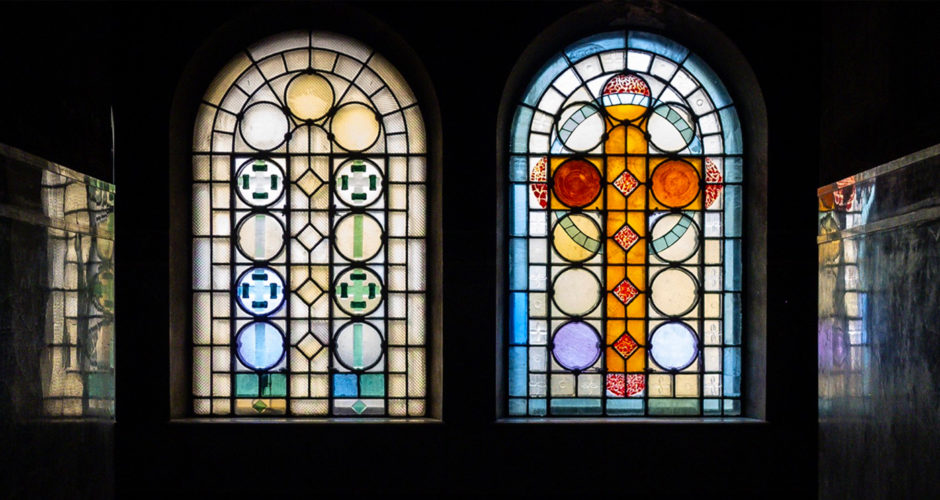
Is Your Church Building an Asset or a Liability?
May 14, 2019 |David Graf
What is the value of your church building to your ministry?

It seems like a very basic question, and if you currently have a building, you’d likely say it plays an important part in your ability to carry out ministry. If you are part of a mobile congregation that leases space, you may recognize the value of a building more than anyone. But have you ever considered whether your building is truly an asset to your ministry, or a liability? Yes, we all need a place to worship and, yes, we all appreciate 24/7 access to ministry space, but beyond these practical functions, is your building helping your ministry or hurting it? Let’s consider this from a few different angles.
The most basic consideration is whether or not your facilities adequately accommodate your various ministries.
This is a matter of both space and function, and there may be a fine line between “asset” and “liability” in this particular category. Lack of space is perhaps the biggest driver of churches seeking new or additional space. Being tight on space isn’t all bad, as it often speaks to the health and vitality of a church. Having people milling about your lobby shoulder-to-shoulder is sometimes a more invigorating experience than being in a mostly-empty space. But my space concern is tied more to your church’s mission and ministries. Are there ministries that cannot function well (or at all) because of a space or design problem? If so, your building is probably a liability; it’s preventing you from accomplishing your God-given mission.
Another consideration: is your building warm and inviting?
I’ve heard it said that 90 percent of non-believers will choose a church based on its building. Is your building well-maintained, inside and out? Do colors, design elements, landscaping, and furnishings present a fresh, well-groomed look? Do signs and pathways make it clear where visitors should go? These, and similar questions, may be the most critical in determining whether your building is an asset or liability.
Does your building give your congregation a presence within your community? Is it on a main thoroughfare through your city? Is it highly visible and recognizable as a church? Does the community know you exist, and where you are located? Location, visibility, and accessibility are three key elements to whether or not a building is an asset or liability. What was once a great location may now be a detriment several decades later.
And, how are you using your building?
The most beautiful, functional, well-located church building in the world may be a liability if it’s not being used well. If you have far more space than you need and you’re not growing at a pace to soon fill that space, you are probably paying a premium for a building that you don’t need. Or, do you have significant spaces that are of limited ministry value? For example, if yours is an older congregation and you have a gymnasium that is never used, your building may be a liability.
Many churches settle for staying in buildings that actually hurt their Kingdom impact; their buildings are liabilities rather than assets. I believe far too many churches continue on in their current buildings for the simple reason that they own them and have learned to live with whatever liabilities they present. Maybe they think that it’s a lack of contentment and poor stewardship to move away from their current building, or maybe the idea of finding a new location and moving is overwhelming.
Don’t get caught in this trap! A building is a tool, and you must have the proper tool to be effective. What would you do if you were merely leasing your current building and your lease was about to expire? Would you renew it, or would you be happy to look for a better-suited building? If it’s the latter, ask the Lord to give you wisdom and consider what could be done to move your building from a liability to an asset. And remember that we’re here to help. We’d be happy to think through this with you and help you consider what alternatives might be available.
Click here to learn about Orchard Alliance’s lending programs.

David Graf
Vice President for Lending
